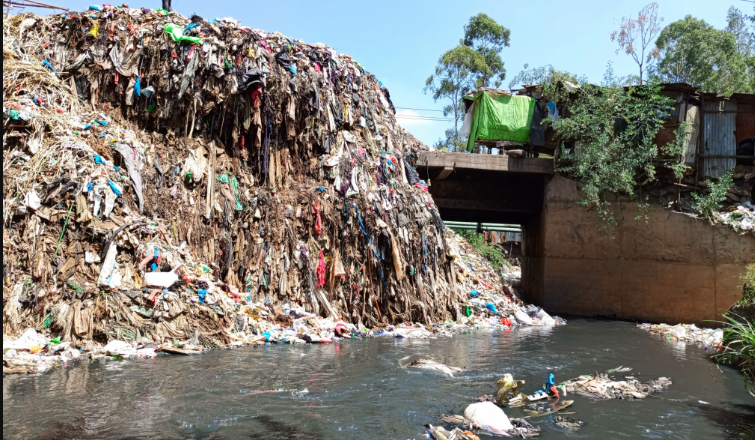
The government has mapped out 145 facilities along the Nairobi Rivers basin, which discharge industrial effluent into the Rivers, the Ministry of Environment, Climate Change and Forestry has announced.
In a statement, Cabinet Secretary Adan Duale said the National Environmental Management Authority (NEMA) established that the facilities discharge industrial effluent into the Rivers because of their malfunctioning Effluent Treatment Plants.
“Most Waste from the informal settlements are organic waste, not industrial, and can be treated through a biodigester and managed well. Contributes less than one per cent,” he said.
The CS noted that the government has enacted a robust legal framework to transition Kenya from a linear (take, consume, and dispose) to a circular economy where value is extracted from the waste and the material is recycled because “waste is wealth and must be harnessed for a Sustainable Development of the country.”
He noted that over the years, informal settlements have been blamed for polluting the rivers in Nairobi due to their close proximity.
He stated that new information has emerged that informal settlements contribute partly 1 per cent to the pollution of the rivers.
“The major culprits are the 145 industries, slaughterhouses. and sewerage system and the real estate without functioning effluent treatment plants, which contribute 90 per cent of pollution of our rivers,” he said.
Duale said NEMA has mapped out non-compliant facilities, given them restoration orders and all are candidates for closure until they fully comply.
He emphasised that the National Sustainable Waste Management Act 2022 requires households to separate waste at the source.
“To facilitate this, households are provided with three designated bags: a green bag for organic/wet waste, a blue bag for dry waste or recyclables, and a red bag for hazardous waste,” he said.
“The waste collection truck will pick the separated waste and transport it to the Material Recovery facility with 2 chambers—wet waste and dry waste (recyclables), the red is put separately to be incinerated.”
He said the vehicles will have a tracking document issued by the National Environmental Management Authority and follow a designated route to the dumping site for traceability purposes.













